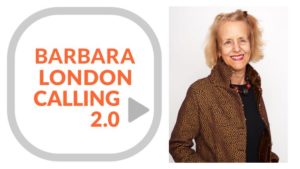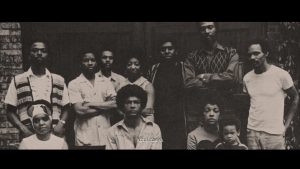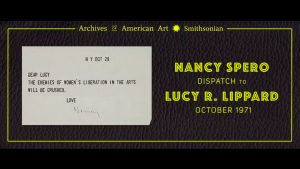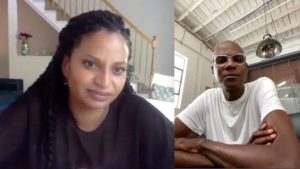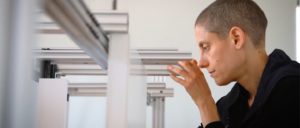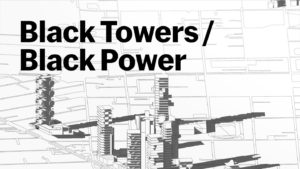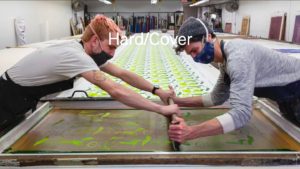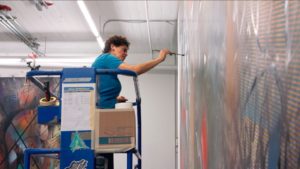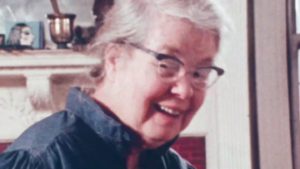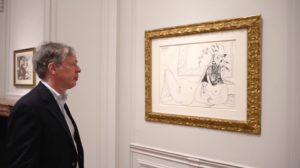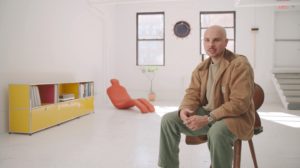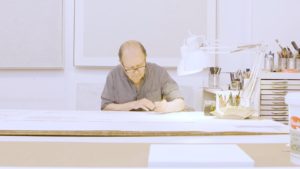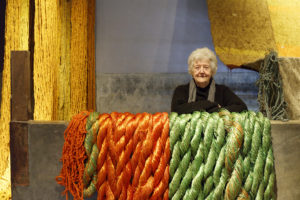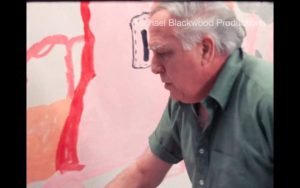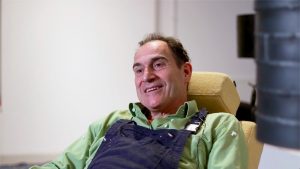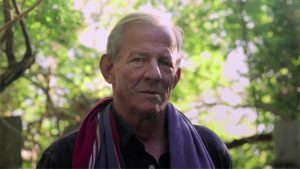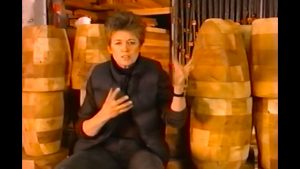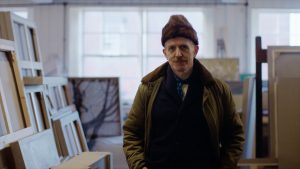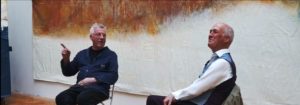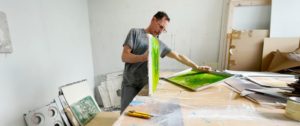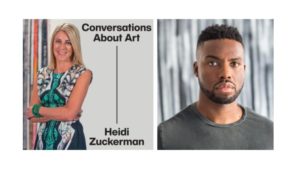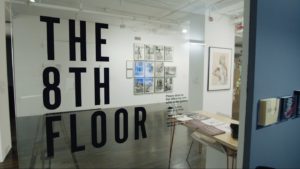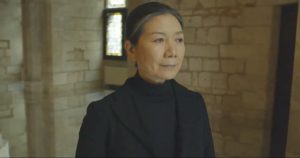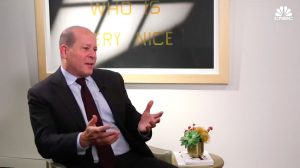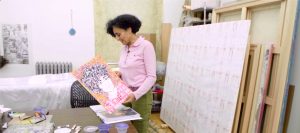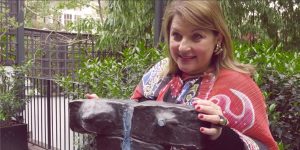
COMMUNITY: Fred Eversley Pandemic Oral History Project
Archives of American Art, Smithsonian Institution
“It is the most drastic thing that’s happened to this country certainly in my lifetime, probably the most drastic thing that happened since 1918, and it’s having a profound influence on the entire art world, me, everyone I know, trying to figure out how to deal with this entire new environment.” — Fred Eversley
Fred Eversley (b. 1941, Brooklyn, NY) has lived through and directly experienced much of the most momentous times for Black artists in America in the last 60 years. Dipping back into the incredibly rich resource that is the Smithsonian’s Archive of American Art, and to mark the beginning of our Black History Month programming, today we are bringing you this interview with Eversley for the Archive’s Pandemic Oral History Project.
Consisting of 77 interviews conducted with artistic leaders and luminaries over several months this summer, the Project “[forms] a chorus of resilience and despair, creation and loss… [conveying] the interconnectedness and vibrancy of the art world in 2020.”
For this conversation, conducted August 19, 2020, lecturer and art historian Nyssa Chow interviews Eversley in a conversation that spans 50 years of Eversley’s history as a Black artist in America.
From The Archives of American Art:
To document the cascade of public health, social, and financial crises set in motion by COVID-19, the Archives of American Art created an oral history series that recorded responses to the global pandemic across the American art world. Conducted virtually, the Pandemic Oral History Project features eighty-five short-form interviews with a diverse group of artists, teachers, curators, and administrators. Averaging twenty-five minutes long, each interview provides a firsthand account of and urgent insights into the narrator’s triumphs and tragedies in the summer of 2020. With more than thirty hours of recorded video and audio, the series bears witness to an unprecedented era as it unfolded in real time.
For the selection of interviewees, we sought to capture diverse voices and multigenerational perspectives. The team continued to assess the breadth of narrators throughout the project, adjusting outreach as needed. When so many feel isolated and when traditional art spaces are disrupted and face existential risks, we are grateful to have reconnected with narrators already present in the Archives through personal papers, institutional records, and oral histories, while integrating many new voices into the collections.



